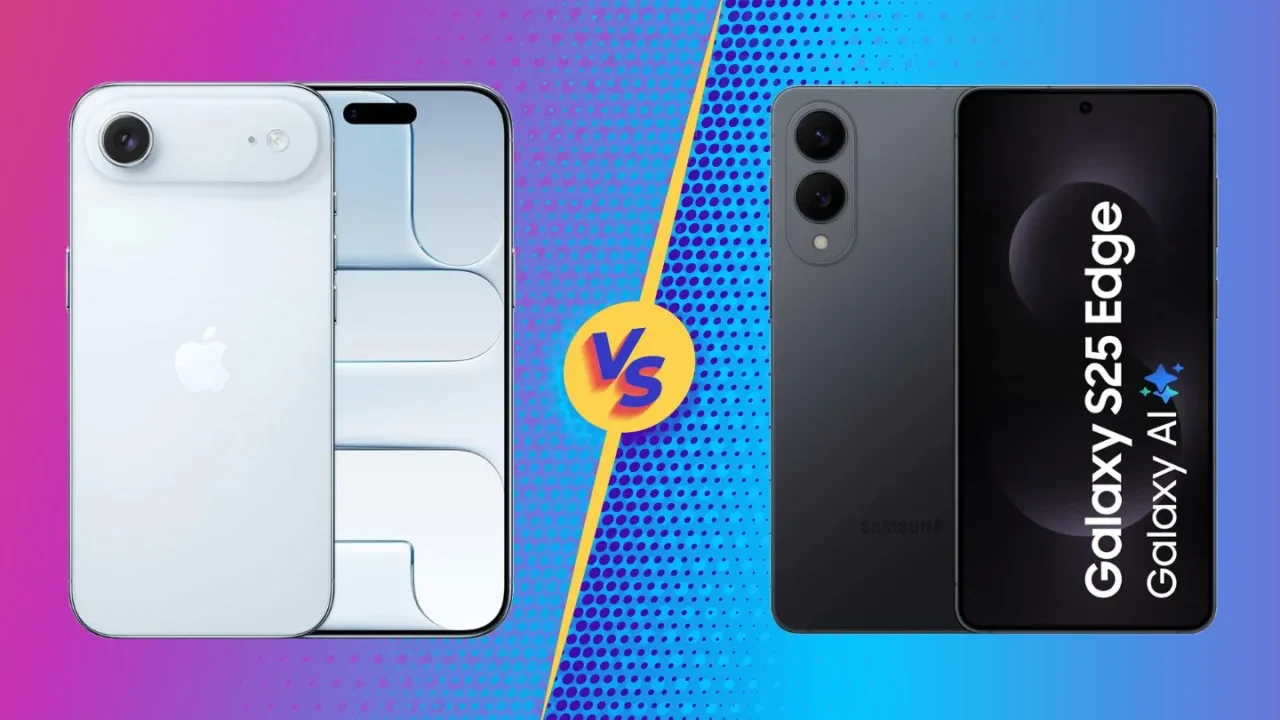When I first saw how ultra-slim the iPhone Air was, my immediate thought was: can its battery really hold up against its direct rival, the Galaxy S25 Edge? After all, Apple and Samsung are now going head-to-head in the race for the thinnest flagship phones.
To my surprise, iPhone Air outperformed Galaxy S25 Edge. I knew Apple’s software optimization would do its magic and provide a more comparable result, but to get totally outclassed by it was seriously shocking. After all, iPhone Air packs a decent 3149 mAh battery, while Samsung’s thinnest phone holds a 3900 mAh battery.
According to a battery test conducted by Tom’s Guide, which involved web-browsing over 5G (using T-Mobile’s network), the iPhone Air delivered 12 hours and 2 minutes of battery life, while the Galaxy S25 Edge lasted 11 hours and 48 minutes. Although the difference is not huge, it’s impressive given the iPhone Air’s slim profile.
In streaming tests, the gap widened further. After 5 hours of continuous YouTube playback, the iPhone Air retained 81% battery, compared to the S25 Edge’s 67%. The outlet estimates this would translate to over 26 hours of video playback for the iPhone Air versus just over 15 hours for the S25 Edge.
So yes, the iPhone Air is thinner and lasts longer than the Galaxy S25 Edge — a double win for Apple in this new thin-phone rivalry. Samsung may have the bigger battery on paper, but real-world tests tell a very different story. However, regarding other aspects, Galaxy S25 Edge has certain advantages, such as a slightly bigger display, higher screen resolution, dual camera setup with a 200 MP primary sensor, and USB Type-C 3.2.
With both brands pushing the limits of what’s possible in ultra-thin phones, the next round of this rivalry is going to be even more interesting when Samsung unveils its next generation of flagship phones: Galaxy S26 Pro, S26 Edge, and S26 Ultra.



